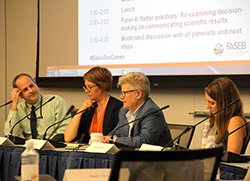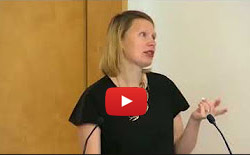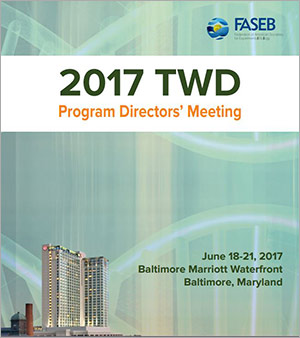Does your research involve human specimens or data? If so, there are new questions you’ll need to address next time you apply for an NIH grant. Here’s what you need to know about that and other changes to NIH grant application procedures.
Effective for application due dates on or after January 25, 2018, all applicants will have to use the new FORMS-E application package. A major goal of the FORMS-E application package is to consolidate information about human subjects research and clinical trials into one place—the new PHS Human Subjects and Clinical Trials Information form. This form will use a variety of form fields to collect information on eligibility criteria, age limits, study timeline and design, and many other aspects of the proposed human subjects research/clinical trial. Comprehensive information is available at Clinical Trial Requirements for NIH Grants and Contracts.
Even if you indicate on the Research & Related Other Project Information form that human subjects are not involved in your project, you will need to address an additional question on the new PHS Human Subjects and Clinical Trials Information form:
If the applicant answers YES to this question, an additional attachment describing why the proposed human specimens and/or data are not considered human subjects research must be included in the grant application.
Another change beginning with the January 25 application due date is that all applications involving one or more clinical trials must be submitted through a funding opportunity announcement (FOA) specifically designed for clinical trials. Accordingly, all new FOAs and all parent announcements will specify the allowability of clinical trials in the FOA title. Please see Clinical Trial-Specific Funding Opportunities for more information about the changes to FOAs.
It is a good idea to discuss the new Human Subjects and Clinical Trial form with your grants administrators and institutional business officials and to allow extra preparation time for your first FORMS-E grant submission. Your NIGMS program director will be able to help you identify the correct FOA for your proposed research. If you have any questions about human subjects policy or NIGMS’ support of clinical trials, please contact me.





 The 2017 Training, Workforce Development, and Diversity (TWD) Program Directors’ Meeting, organized through a grant to the Federation of Associations for Experimental Biology, took place June 18-21 in Baltimore. This biennial meeting brought together the community of faculty, staff and administrators who manage TWD undergraduate and predoctoral training programs across the nation to network, share best practices for program improvement and connect with NIGMS staff. This year, participants presented more than 100 posters. Plenary sessions and keynote talks described innovative approaches for training and evaluation, efforts to enhance diversity in the biomedical workforce and more.
The 2017 Training, Workforce Development, and Diversity (TWD) Program Directors’ Meeting, organized through a grant to the Federation of Associations for Experimental Biology, took place June 18-21 in Baltimore. This biennial meeting brought together the community of faculty, staff and administrators who manage TWD undergraduate and predoctoral training programs across the nation to network, share best practices for program improvement and connect with NIGMS staff. This year, participants presented more than 100 posters. Plenary sessions and keynote talks described innovative approaches for training and evaluation, efforts to enhance diversity in the biomedical workforce and more.